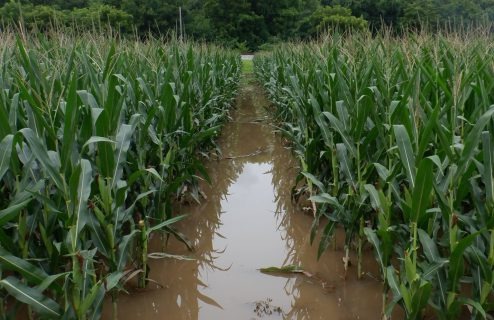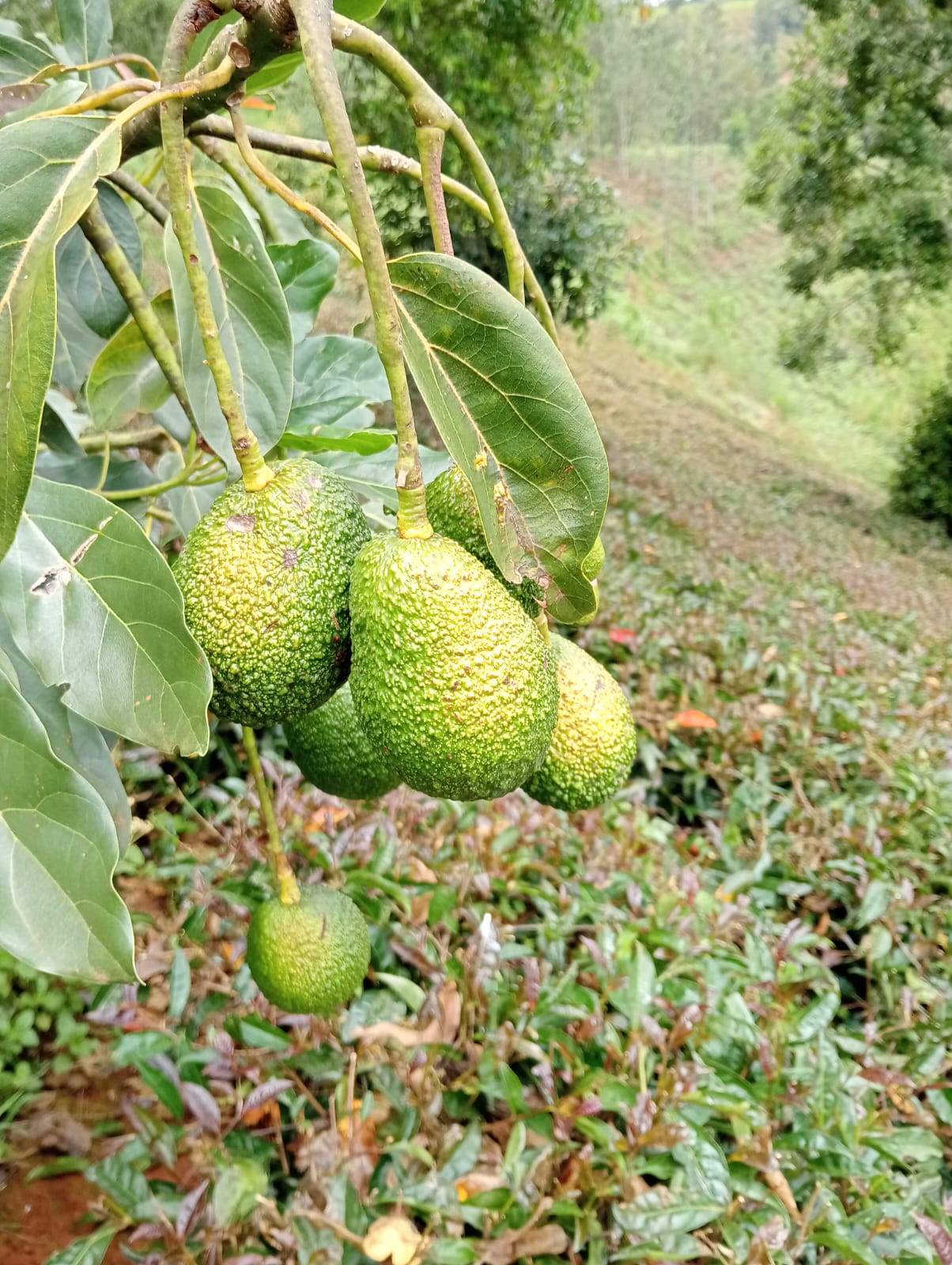Heavy rains can be a double-edged sword for farmers. While they are essential for crop growth, they also bring a host of challenges such as waterlogging, soil erosion, and increased susceptibility to diseases. Heavy rains have a profound impact on agricultural practices, affecting soil health, crop growth, and overall productivity. It is vital for farmers to comprehend the specific challenges posed by heavy rains and develop tailored strategies to address them. In this detailed blog, we will explore the intricacies of managing crops during heavy rains, delving into soil preparation, drainage systems, crop selection, pest and disease management, and the role of technology in mitigating the impact of heavy rains on agricultural practices.
Soil Preparation and Drainage Systems
Effective soil preparation and drainage systems are pivotal in managing crops during heavy rains. Techniques such as contour plowing, terracing, and cover cropping can help prevent soil erosion and improve water infiltration, thereby reducing the risk of waterlogging and nutrient leaching. Implementing well-designed drainage systems, including field ditches and subsurface drainage, can further enhance soil structure and water management.
Crop Selection and Diversification
Choosing the right crops for cultivation during heavy rains is a critical decision that can significantly impact crop management. Certain crops, such as rice, maize, and water spinach, exhibit resilience to waterlogging and are well-suited for heavy rain conditions. Diversifying crop selection can also help mitigate the risks associated with heavy rains, as different crops have varying tolerance levels to excessive moisture and diseases.
Water Management and Irrigation
While heavy rains provide abundant water for crop growth, effective water management is essential to prevent waterlogging and nutrient leaching. Farmers can employ various irrigation techniques, including furrow irrigation, drip irrigation, and the use of mulches, to regulate water flow and minimize the risk of water-related issues. Additionally, the implementation of rainwater harvesting systems can provide a sustainable water source for agricultural activities during dry spells.
Pest and Disease Management
Heavy rains create conducive environments for pests and diseases to proliferate, posing a significant threat to crop health and yield. Implementing integrated pest management (IPM) practices, such as biological control, crop rotation, and the use of resistant crop varieties, can help mitigate the impact of pests and diseases during the rainy season. Regular monitoring and early intervention are crucial in preventing widespread infestations and crop damage.
Technology and Innovation in Crop Management
Advancements in technology, such as weather forecasting, remote sensing, and precision agriculture, have revolutionized crop management practices during heavy rains. Access to real-time weather data and predictive analytics enables farmers to make informed decisions regarding planting, irrigation, and pest management. Furthermore, the integration of precision agriculture techniques, such as soil moisture sensors and variable rate application, allows for targeted and efficient resource utilization, optimizing crop performance in the face of unpredictable weather patterns.
Lastly, managing crops during heavy rains demands a multifaceted approach that encompasses soil preparation, crop selection, water management, pest and disease control, livestock care, and the integration of technological solutions. By embracing sustainable agricultural practices and leveraging innovative strategies, farmers can navigate the challenges of heavy rains and cultivate resilient, high-yielding crops. With a deep understanding of the complex interplay between weather patterns and agricultural systems, farmers can harness the power of heavy rains to foster sustainable food production and resilient agricultural ecosystems.






